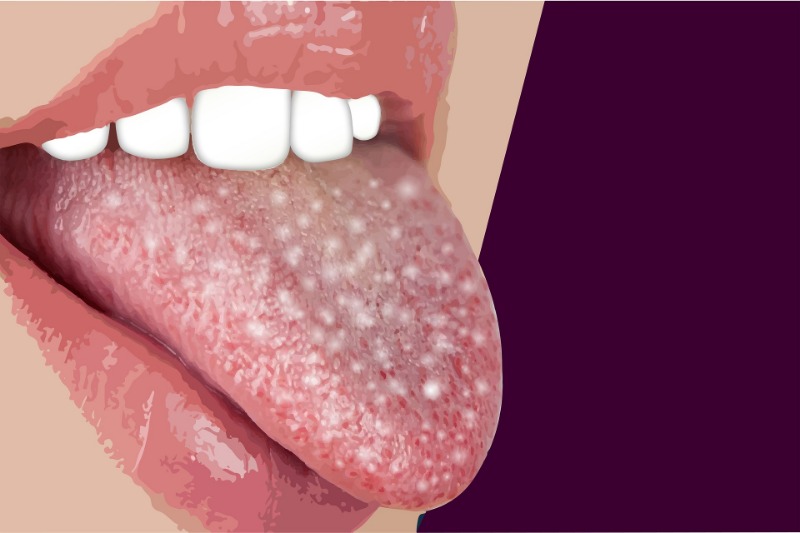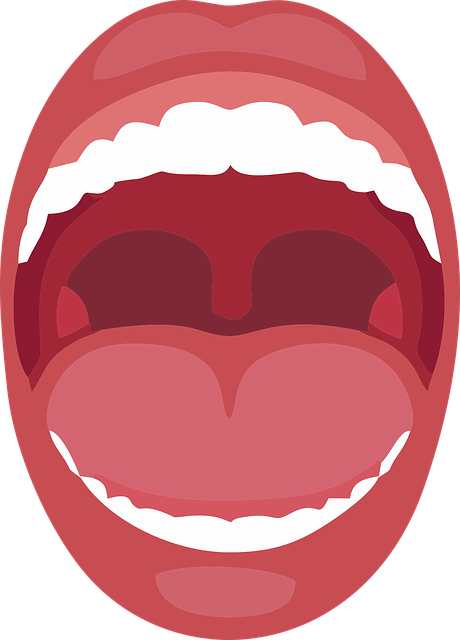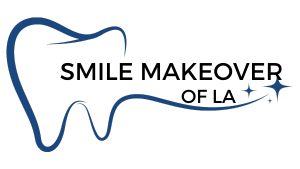
An ongoing unremitting inflammatory condition that affects mucous membranes inside your mouth is what dentists refer to as Oral lichen planus. This may look like lacy patches, white; red, swollen tissues; or open sores. These lesions may lead to burning pain or other uneasiness.
Oral lichen planus, to put it in simple words, can’t be passed from one person to another. The turmoil happens when the immune system mounts an attack against cells of the oral mucous membranes for indistinct reasons.
So, symptoms can habitually be handled. However, people who have oral lichen planus necessitate habitual monitoring as they may be at threat of developing mouth cancer in the affected areas.
Location of Oral Lichen Planus
- Inside the cheeks
- Gums
- Tongue
- Inner tissues of the lips
- Palate
Who Is Likely to Have Oral Lichen Planus?
Anyone can build up oral lichen planus. Women are twice as expected as men to build up the condition. However, most cases of oral lichen planus take place in adults aged 50 and older.
Is Oral Lichen Planus Infectious?
Well, the answer is No, oral lichen planus does not spread from person to person.
Oral Lichen Planus Causes: Glendale Dentist
The precise reason for oral lichen planus is yet to be identified y dentists. However, studies put forward that the condition is connected to your genetic makeup and immune system.
There are a few people who develop oral lichen planus after taking certain medications, for example, beta-blockers and non-steroidal anti-inflammatory drugs. Diseases such as hepatitis B and primary biliary cirrhosis may also lead to oral lichen planus.
Symptoms of Oral Lichen Planus
For most people, oral lichen planus appears as white patches or web-like threads on the inside of the cheeks. This type of lichen planus is generally not agonizing. In some cases, this appears as bright red gum tissue. Hot or acidic foods, and eating and drinking spicy, or beverages can be hurting for people with oral lichen planus.
Skin lesions are familiar among people with oral lichen planus. Almost half of the people with the problem also have skin lichen planus, which causes itching.
How Is Oral Lichen Planus Diagnosed?
Your Dentist Glendale diagnoses oral lichen planus by investigating your mouth. In many cases, dentists take a tissue sample to validate the diagnosis and discount other diseases.
Treatment for Oral Lichen Planus

If it is mild oral lichen planus you may not necessitate any treatment. As an alternative, your dentist monitors your condition and recommends specific treatments if symptoms get worse. The disease usually goes away on its own over time, if it is not so severe.
Dentists generally take care of more severe cases of oral lichen planus with one or more than a few medications, like Lidocaine, Tacrolimus, Corticosteroids, Dapsone, Cyclosporine, etc.
Complications Associated with Oral Lichen Planus
Oral lichen planus is an unceasing condition. Infrequent flare-ups are, however, common.
More stern forms of oral lichen planus referred to as erosive lichen planus, can make it hurt to eat, drink or brush your teeth.
Some study indicates a greater probability of developing oral cancer in case you have erosive oral lichen planus. Around 1 to 3 percent of people with this problem sooner or later build up oral cancer. However, patients with erosive lichen planus should be followed every three months for assessment.
Glendale Oral Lichen Planus
In case you have any of the warning signs of oral lichen planus, your dentist can scrutinize your mouth to decide if this infection is causing your condition. Call us at Smile Makeover of LA. Schedule an appointment with Dr. Sahakyan, one of our reputed dentists in Glendale. Dial 818-578-2334 today!
